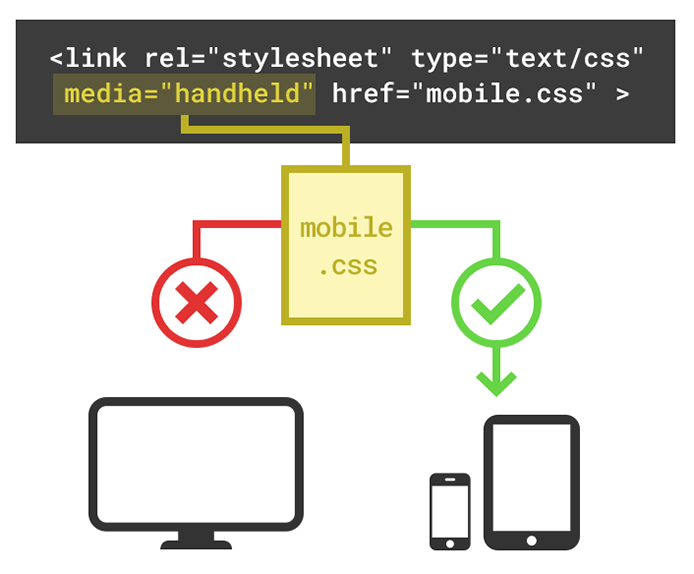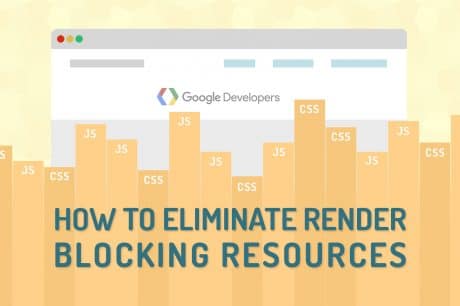

- #Render blocking css automize how to#
- #Render blocking css automize install#
- #Render blocking css automize code#
- #Render blocking css automize download#
Do you have the problem? PageSpeed Insightsĭo you fail the PageSpeed Insights rule below?Įliminate render-blocking JavaScript and CSS in above-the-fold content

These practices enable optimized (progressive) rendering of your web pages. This post is about eliminating render blocking resources and prioritizing above-the-fold content. (Especially for mobile users on a slow connection.) Other optimizations assume you have more knowledge of browser internals but can really pay off in terms of user experience. Minifying assets or optimizing images is a matter of configuring some basic tooling. Most web performance recommendations are simple to put into practice.
#Render blocking css automize how to#
#Render blocking css automize download#
We just saved humans visiting our site from having to download all of our CSS before being able to see some content. Of course, you could set up an authentication bypass in your local development servers if inlining CSS for authenticated components is important as well. Var head = document.getElementsByTagName( 'head') Var elem = document.createElement( 'link') I usually also have smaller scripts that I reuse across environments. I typically place my build scripts inside a build directory, and name them by environment. Let’s also add a script entry to our package.json. With both those dependencies in your project, we can now get started. The -D flag is an alias for -save-dev, i is short for install.
#Render blocking css automize install#
With Node.js installed and a package.json ready, head over to the command-line, jump into your project directory, and enter the following command to install phantomjs and penthouse.

Take those rules and inline them in a tag in your page.Identify the CSS rules that display critical content as-is in a fully loaded page.That’s it! Let’s recap the steps we should be taking.

To fix this, we simply defer loading of the tag for later. If you did remove it, the rest of the page would be unstyled. Problem is, if you haven’t removed the tag pointing to the rest of your CSS, it’s still as slow as ever. That means that, unlike in the traditional approach on blocking on that extra CSS request before rendering any content, the content is displayed immediately. What we just did means that the top of the muffin would be immediately readable to the user, without any extra request being made for a CSS file.
#Render blocking css automize code#
Well, once the critical CSS has been identified, it should be placed inline inside a tag, as shown below (see also the source code for this web page). There’s tools that can help automate that away (as we’ll see in a minute), so let’s move on. Now that we’ve identified the critical content of a page we can move onto the next step: identifying the bare minimum set of CSS rules that allow visible content to be rendered exactly as seen on the screenshot. That’s not just limited to blogs or other content distribution sites, web apps should also strive to serve the content above the fold as fast as possible to their users, and inlining critical CSS is an excellent way of shaving milliseconds from your load time. This is the piece of the site we want to get in the face of humans immediately. In my case, what’s visible below constitutes the critical content, also known as the content that’s “above the fold”. How does that work?įirst off, we have to identify the critical content of a page. Critical CSS inlining is a technique you can use to speed up the performance of your web apps by, well, inlining the “critical” CSS in a tag, and deferring the rest of your CSS. During the redesign I was faced with a problem and I had to rethink the way I inline CSS in my blog, so I figured it’d be a good time to write about it in more detail.


 0 kommentar(er)
0 kommentar(er)
